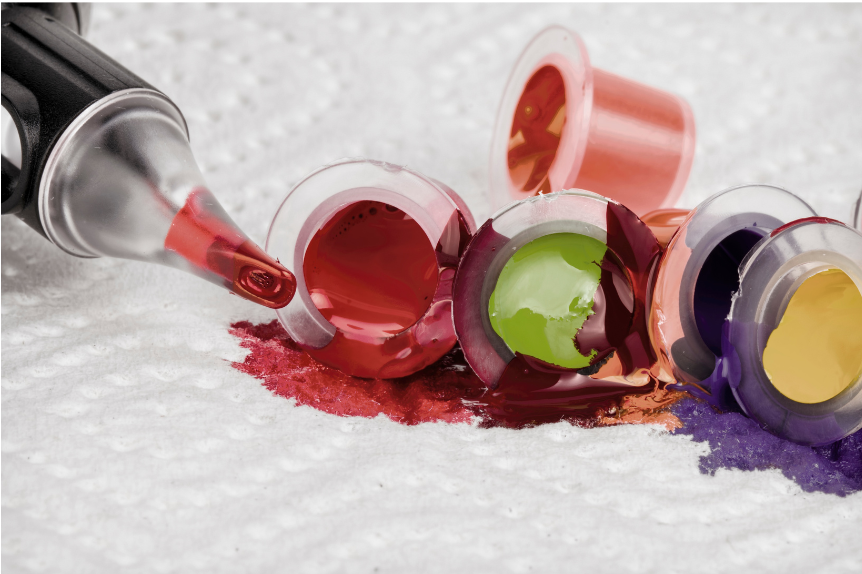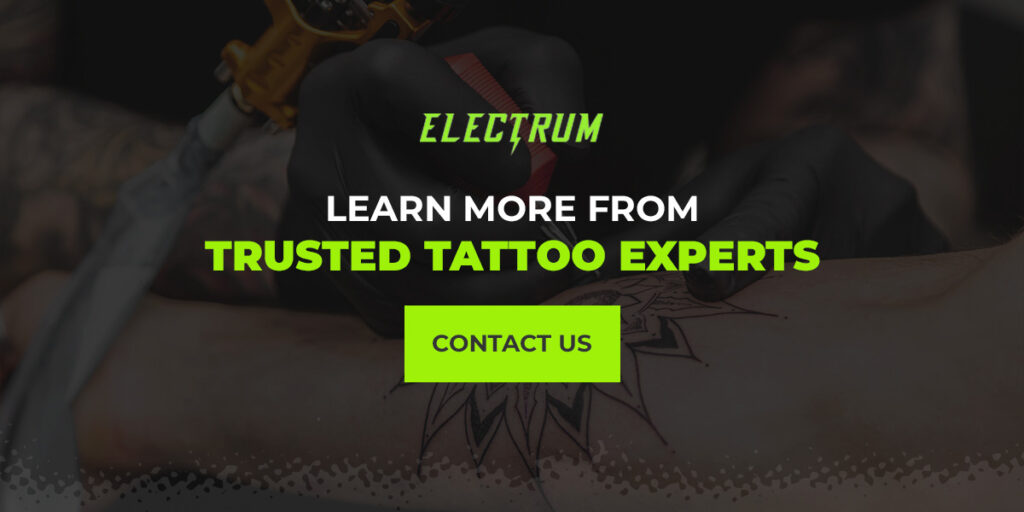
Navigating the New Era of Beauty: Understanding Europe’s Tattoo Ban and MoCRA in the US
The European Union and the United States are regulating the tattoo industry by setting up various safety regulations. The laws aim to promote safe tattoo practices in the regions. It’s essential for consumers to understand the US and European tattoo ban to adjust their demands, and it’s equally important for artists to understand the laws to adjust their practices so they can operate legally.
EU Tattoo Ink Regulations
The European Union has banned certain tattoo ink ingredients due to concerns over their safety. This ban is part of the broader REACH (Registration, Evaluation, Authorization, and Restriction of Chemicals) regulations to ensure safer tattooing practices across the EU. The objective of the ban is to protect humans and the environment from harmful chemicals. The law bans Substances of Very High Concerns (SVHCs) because of their irreversible effect on humans and the environment. These substances include:
- Carcinogenic
- Mutagenic or toxic to reproduction (CMR)
- Persistence Bioaccumulative Toxic (PBT)
The primary pigments under restriction are Pigment Blue 15 and Green 7. The ban took place in January 2023 following an additional one-year derogation period granted for these two pigments. The European Union ink ban allowed the derogation period to allow businesses more time to find safe alternatives. The law also requires manufacturers and importers to educate their consumers on how to use their products safely.
The Impact of The European Union’s Ban on Tattoo Ink
The ban has sparked significant debate and concern within the tattoo industry. Many tattoo artists, such as Boris Pramatarov and Mikki Bold, have expressed concerns about how the restriction, especially on the blue and green pigments, limits their ability to create colorful tattoos, as these colors are integral to their work.
Pramatorov says he can adapt his style to include more black and white designs for his customers but worries that this new law will force artists who love color pigments to leave the EU for other markets that allow the pigments. Mikki Bold, an artist based in France, also says he loves color pigments and that the ban could end most of his designs. With no substitutes currently available for these pigments, the ban could lead to the disappearance of a significant portion of the color palette used in tattoos.
A 2023 study on tattoo colorants indicates that these laws could cause artists to increase their prices. Plus, tattoo companies risk losing business since their customers can only choose designs that use the allowed pigments. The research mentions that dissatisfied customers may turn to artists who disregard the law and use unapproved inks, increasing the market for illegal tattoo parlors. Customers who want tattoos that use the banned inks may also travel outside the EU to get their favorite tattoos.
There are efforts within the industry to find alternatives. For instance, biomedical engineering research explores the development of tattoo inks using nanotechnology, which could offer safer blue pigments with unique biomedical properties.
Overall, the EU’s move to ban certain tattoo ink pigments stems from a precautionary approach to public health, prioritizing eliminating potentially harmful chemicals. However, it also challenges the tattoo industry regarding artistic expression and economic impact.
Despite the restrictions, some scientific research suggests that the link between tattoo inks and cancer is not conclusively proven. While certain substances in tattoo inks have carcinogenic properties, a direct link between tattoo inks and cancer hasn’t been firmly established.
What about the FDA and the new MOCRA law?
The Modernization of Cosmetics Regulation Act of 2022 (MoCRA) in the United States represents a significant expansion of the Food and Drug Administration’s (FDA) authority to regulate cosmetics, marking the most substantial change in this area since the Federal Food, Drug, and Cosmetic Act of 1938. MoCRA aims to ensure the safety of cosmetic products used by consumers daily.
Critical elements of MoCRA include:
- Facility Registration: Manufacturers and cosmetics processors must register their facilities with the FDA. This registration must be renewed every two years, and any changes must be updated within 60 days.
- Product Listing: Responsible persons, the manufacturer, packer, or distributor whose name appears on the product label, must list each marketed cosmetic product with the FDA. This listing must include product ingredients and be updated annually.
- Adverse Event Reporting: MoCRA mandates that serious adverse events associated with the use of cosmetic products must be reported to the FDA within 15 business days.
- Safety Substantiation: Companies are responsible for ensuring and maintaining records to substantiate the safety of their cosmetic products.
- Increased FDA Enforcement Authority: The FDA now has broader authority, including mandatory recall authority for cosmetics that are determined to be harmful and the ability to suspend a facility’s registration.
- Compliance Deadlines: While the initial deadline for compliance with the facility registration and product listing requirements was December 29, 2023, the FDA has delayed enforcement until July 1, 2024. However, companies were expected to comply with other MoCRA requirements by the December 29, 2023 deadline.
Also, MoCRA does not prevent individual states from enacting laws to ban or restrict cosmetic ingredients. States like California, Colorado, Maryland, Maine, Minnesota, New York, Oregon and Washington have passed various laws regulating chemicals in cosmetics.
Overall, MoCRA is a significant step towards enhancing the safety and regulation of cosmetic products in the United States, aligning with a growing consumer demand for safer personal care products and increased regulatory oversight.
What’s Next for Tattoo Artists?
As an artist, it’s beneficial to keep up with the laws so you can remain compliant and satisfy your customers with legal practices. You can do this by finding ways to create unique designs using the legal pigments in your region, and you can help your customers understand your commitment to remaining compliant according to the rules and regulations in your region. You can also find alternative pigments to replace the banned ones and incorporate them into your existing and new designs.
Learn More From Trusted Tattoo Experts
Are you struggling to adapt to these new laws in your tattoo business? ELECTRUM Tattoo Supply has been providing quality tattoo products for over 10 years and remains an industry expert. Contact us for more information on the United States and European Union ban on tattoo ink, and learn how you can adjust to these new regulations while thriving in your tattoo business.

Facebook
Twitter
LinkedIn